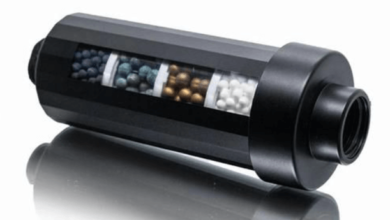The Container Attacks And Preventive Measures:

The container escape attacks can be lethal for the security of the container environment as they compromise the security of the whole network, making prevention crucial. One way to protect the images from container escape attacks is to use hardened container images. These images are protected from the Common Vulnerabilities and Exposures (CVE). You know images in containers are essential for maintaining a secure and reliable containerized environment.
Container escape attacks occur when an attacker exploits vulnerabilities in the container environment. The hackers can break into the isolated environment of containers and get access to the host system. The containers are vulnerable to an attacker once they break out of the security of the containers.
How Does It Happen?
Attackers usually exploit vulnerabilities in a container environment. They figure out common misconfigurations in the container environment to gain access to the host system. This has been done by manipulating container volumes or the network settings of the system calls.
Potential Consequences:
There are some consequences of container escape attacks on the container data:
- Breach of data and integrity of container images
- Possible access to other containers
- Complete control of the system
The container image hardening ensures the integrity of the images stored in a container.
How To Prevent Container Escape Attacks?
You can prevent container escape attacks by securing the images in the containers. You can avoid the container’s image by putting the hardened container images. The hardening container images have the resistive power against the potential container escape attacks. You may need different strategies to prevent the attack from hackers.
Remove Extra Data in Container:
You can restrict the mounted volumes in container technology to directories or file systems. These are shared between the container and the host system. By doing so, you can access files and data on the host, or for the host to access files and data within the container.
Resistive Container Images:
You can create images that are immutable or unchanged. The hardened container images should not be modified once deployed by the authorized authorities. It assists in reducing the potential for vulnerabilities to be introduced at runtime.
Scan Container Image Security:
You can regularly scan container image security for vulnerabilities. This can be done by promptly applying the necessary patches of change to ensure maximum security. The security patching and restricting data by password protection.
Use Online Container Security Tools:
Grip specializes in container security solutions that monitor container activity, detect suspicious behavior, and enforce security policies.
Regular Security Audits:
You can conduct periodic security checks and audits to identify potential vulnerabilities in the container. These misconfigurations should be fixed regularly in your containerized environment. This assists in avoiding possible threats by the hackers.
Conclusion:
The container image and data security are some of the top priorities of the organization. The basic purpose of the container is to ensure maximum protection of data. If the data is breached and the hacker accesses organization data, then it can be damaging to the organization. Implementing various measures to ensure the security of the image and sensitive data is recommended.






